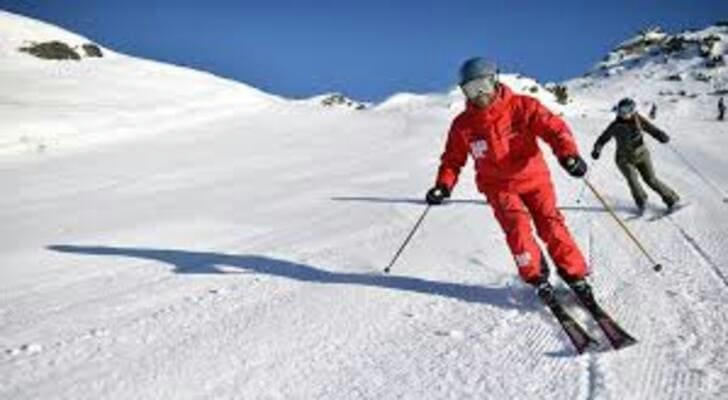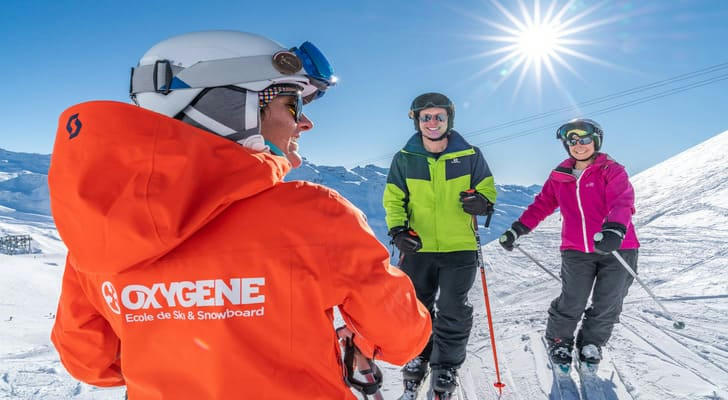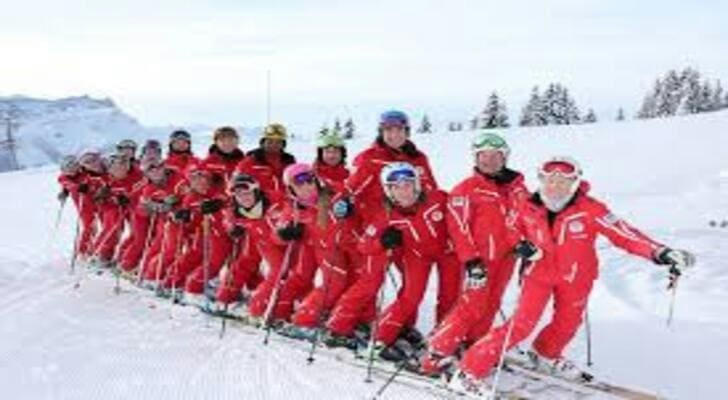From Enthusiast to Professional: How Ski Instructor Certification Can Help You Achieve Your Dream

For many, the crisp mountain air, the exhilarating rush of carving down a perfectly groomed slope, and the breathtaking panoramic views are more than just a pastime – they are a passion. The dream of transforming this love for skiing into a profession, of sharing the joy and skill with others, is a powerful motivator. Becoming a ski instructor offers a unique opportunity to immerse oneself in the mountain environment while helping others discover the magic of winter sports. However, transitioning from an enthusiastic skier to a qualified professional requires more than just personal proficiency on the snow. It demands a structured pathway of learning, skill development, and ultimately, certification.
The Foundation: Building Essential Skills
Before embarking on the journey towards certification, a solid foundation of personal skiing ability is paramount. While passion and enthusiasm are crucial, aspiring instructors need to possess a high level of technical skill, control, and adaptability across various snow conditions and terrain. This involves consistent practice, potentially taking advanced skiing lessons themselves, and developing a deep understanding of skiing techniques. Building this strong personal skill set is the bedrock upon which effective instruction will be built. It's about more than just being able to ski well; it's about understanding the nuances of movement, balance, and edge control that can be effectively communicated to students.
Navigating the Certification Landscape
The world of ski instructor certification is often structured through recognized professional organizations. These organizations, such as the Professional Ski Instructors of America and American Association of Snowboard Instructors (PSIA-AASI) in the United States, the Canadian Ski Instructors' Alliance (CSIA) in Canada, and the British Association of Snowsports Instructors (BASI) in the UK, provide standardized training and assessment frameworks. Understanding the specific certification body relevant to your desired working location is a crucial first step. Each organization typically offers a tiered system of certification, ranging from entry-level qualifications focused on teaching beginners to advanced levels that equip instructors to train others and handle more complex situations. Researching the prerequisites, course content, and assessment methods for each level will help aspiring instructors chart their progression.
The Learning Journey: Courses and Training
The certification process typically involves enrolling in structured courses and training programs offered by the recognized organizations or their affiliated training centers. These programs go beyond simply refining personal skiing skills. They delve into the art and science of effective instruction, covering topics such as:
Teaching Methodologies: Learning various pedagogical approaches to cater to different learning styles and age groups. This includes understanding how to break down complex movements into understandable steps, provide constructive feedback, and create a positive learning environment.
Safety and Risk Management: Acquiring essential knowledge in on-mountain safety protocols, emergency procedures, and risk assessment to ensure the well-being of students. This involves understanding potential hazards, implementing preventative measures, and knowing how to respond effectively in emergency situations.
Communication and Interpersonal Skills: Developing strong communication techniques to effectively convey instructions, build rapport with students, and address their individual needs and concerns. Patient and clear communication is vital for fostering a positive learning experience.
Technical Knowledge: Gaining a deeper understanding of ski equipment, snow conditions, and biomechanics relevant to skiing instruction. This knowledge allows instructors to provide informed advice and tailor their teaching to specific situations.
Practical Teaching Experience: Many courses incorporate practical teaching sessions under the guidance of experienced instructors, providing valuable hands-on experience and feedback. This allows aspiring instructors to apply the learned theories in real-world scenarios and refine their teaching techniques.

Assessment and Achieving Certification
The culmination of the training process is typically a formal assessment. This may involve demonstrating personal skiing proficiency, conducting simulated lessons, and answering theoretical questions related to teaching principles, safety, and technical knowledge. The specific assessment criteria vary depending on the certification level and the organization. Successfully passing these assessments signifies that the candidate has met the required standards of skill and competence to be recognized as a certified ski instructor. Achieving certification is not just a piece of paper; it represents a commitment to professionalism and a validation of one's ability to safely and effectively guide others on the slopes.
Opening Doors to Opportunity
Earning ski instructor certification significantly enhances employment prospects at reputable ski resorts and snow sports schools worldwide. Resorts often prioritize hiring certified instructors as it assures them of a certain level of professionalism, safety awareness, and teaching competency. Higher levels of certification can lead to more advanced teaching roles, the opportunity to specialize in specific areas (like racing or freestyle), and potentially leadership positions within a snow sports school. Beyond traditional employment, certification can also open doors to freelance instruction opportunities or even the possibility of establishing one's own ski school in the future.
A Continuous Journey of Learning and Growth
Even after achieving initial certification, the journey of a ski instructor is one of continuous learning and growth. The snow sports industry is constantly evolving with new techniques, equipment, and teaching methodologies. Maintaining certification often requires ongoing professional development, attending refresher clinics, and staying updated with industry best practices. This commitment to lifelong learning ensures that instructors remain at the forefront of their profession and can continue to provide the best possible experience for their students.

Embracing the Dream
The path from a passionate ski enthusiast to a certified professional ski instructor requires dedication, hard work, and a commitment to learning. However, for those who dream of sharing their love for skiing with others and making a career on the slopes, the rewards are immeasurable. Ski instructor certification provides the necessary framework, knowledge, and recognition to turn that dream into a reality, opening up a world of opportunity to inspire and guide others in the exhilarating world of winter sports. It’s about more than just teaching people to ski; it’s about sharing a passion, creating unforgettable experiences, and fostering a lifelong love for the mountains.
